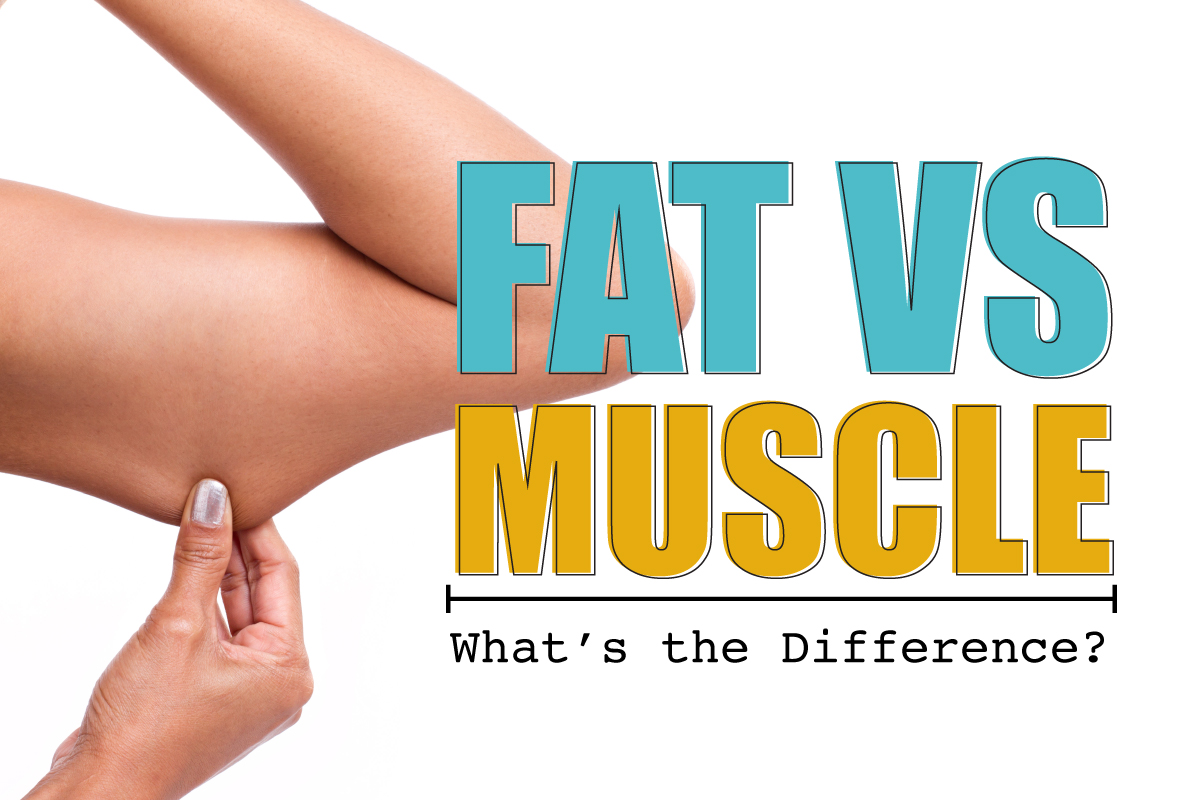Fat vs. Muscle : What’s the Difference?
Understanding the difference between fat and muscle can help you tone your body mass. This will give you a leaner appearance and a stronger body.
An increase or decrease in body fat brings dramatic results, but not always for the better. Toning muscles will be a slower, less immediate change. However, if you stick with a healthy diet and exercise plan, the longterm benefits of increasing your muscle density will help you maintain your new lifestyle.
Muscle Takes Up Less Space
Despite what you may have heard, fat and muscle weigh the same–a pound is a pound. However, fat takes up more space than muscle. Therefore, it is possible to weigh the same as someone who wears a bigger size than you, even though your body is leaner and stronger.
The numbers on the scale do not need to be your only indicator of your body’s changes. This is why obesity levels are determined by your BMI as well as your weight.
You can’t replace fat with muscle, but with exercise, you can cause your body fat to decrease and your muscle mass to increase. Since muscle is shapely, and fat is not, you will notice your clothes fit better (or even need to be smaller) and your body appears slimmer–because it will be. According to Shape Magazine, “one pound of fat is roughly the size of a small grapefruit; one pound of muscle is about the size of a tangerine.” So even if your weight remains the same, your body mass appearance does not.
Remember, strong muscles equal power, but extra fat just means extra weight taking up space.
Muscle Burns Calories Faster than Fat
Muscle tissue will burn more calories, even while at rest, than fat does. On average, your muscles are responsible for burning 7-10 calories daily per pound. Fat only burns 2-3 calories per pound. This calorie burning while at rest is your basal metabolic rate. It accounts for 60-75% of calories burned daily. Therefore, the best way to benefit from this regular slow burn, is to use and build your muscles.
Muscle mass contracts, while fat jiggles. Though you cannot target those problem fat areas through exercise, you can target your muscle groups. By increasing the muscle density of your abdominals, for instance, you will decrease your fat tissue.
Since muscle requires more calories to sustain it, the higher your muscle mass, the more calories you burn. It’s a win-win situation for your body, even while resting.
As you work to increase your muscle density and decrease your body fat, consider intervals of strength training and cardio. A short burst of a workout can burn as many calories and tone your muscles just as well as a lengthy workout. Consider talking to your doctor before adopting any new exercise plans and consult your nutritionist or personal trainer about what is best for you.


No comments